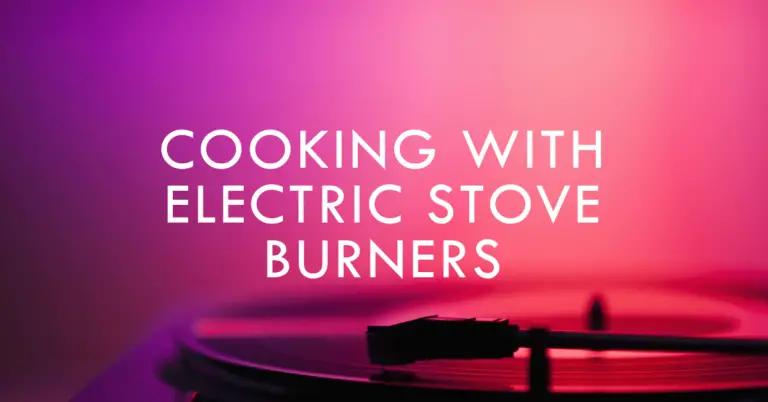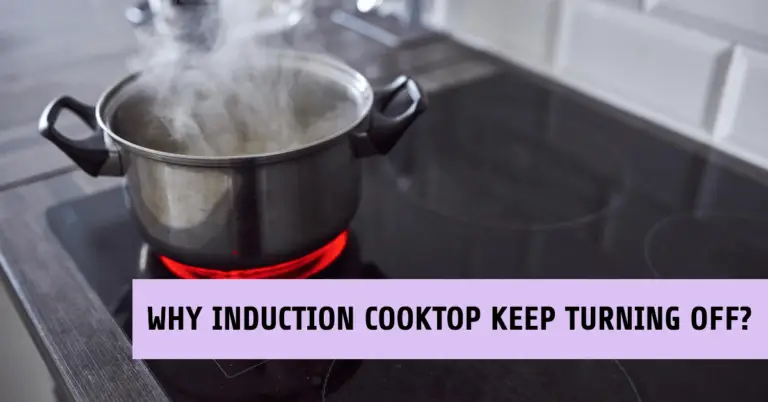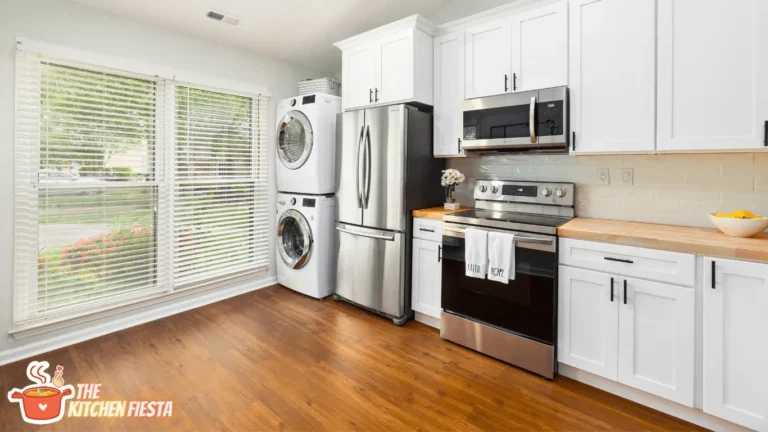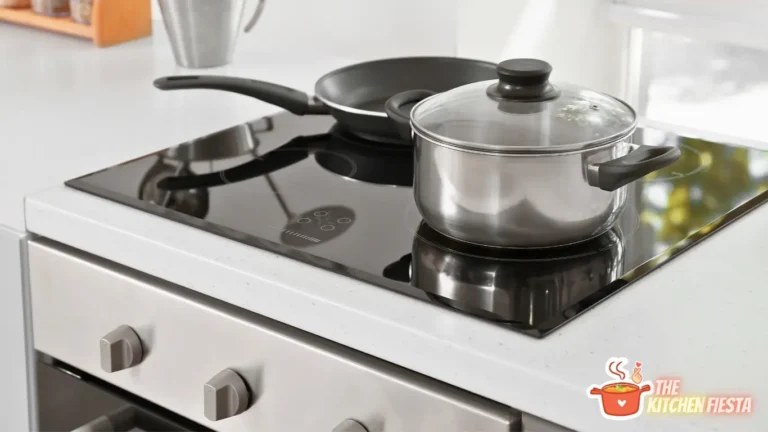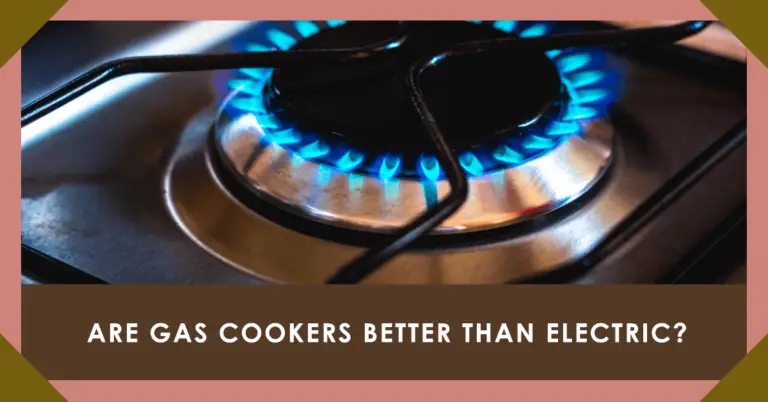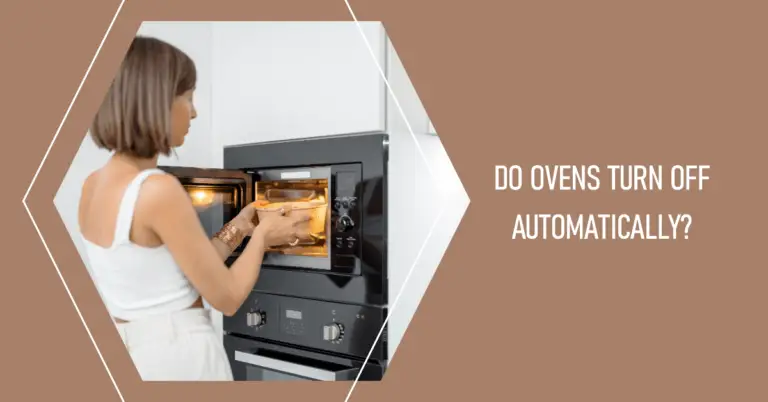Can You Put a Ceramic Tea Pot on the Stove? Exploring the Safety
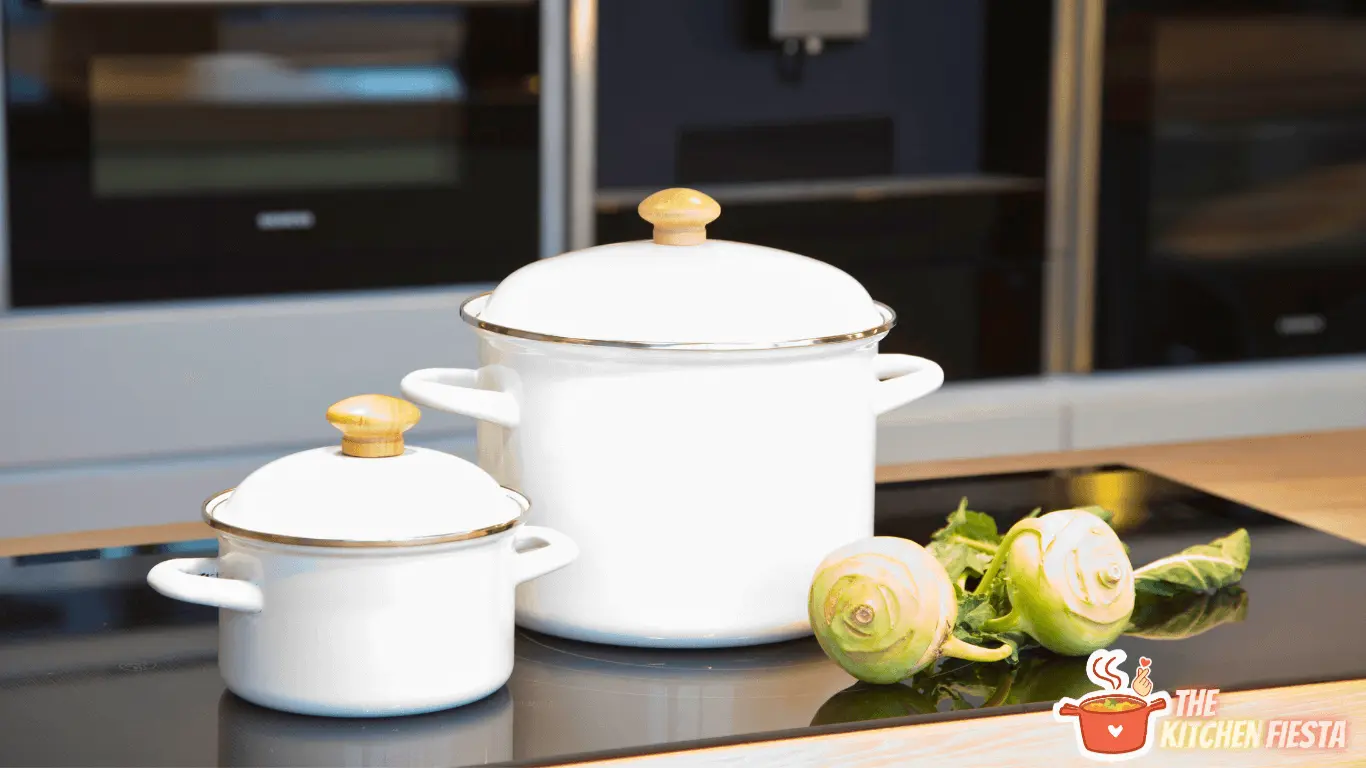
Ceramic teapots are popular for tea lovers due to their aesthetic appeal and heat retention properties. However, a common question arises when it comes to using them on a stove: can you put a ceramic teapot on the stove?
The answer is not a simple yes or no. While some sources advise against it due to the risk of cracking or breaking, others suggest that it is possible as long as certain precautions are taken. It is important to understand the properties of ceramic teapots and the potential risks involved before attempting to use them on a stove.
In this article, we will explore using ceramic teapots on a stove in detail. We will examine the pros and cons of this practice, the types of ceramic teapots that can be used on a stove, and the precautions that should be taken to ensure safety and longevity. By the end of this article, readers will have a clear understanding of whether or not they can put their ceramic teapot on the stove and how to do so safely.
Understanding Ceramic Tea Pots
Ceramic teapots are popular for tea lovers due to their aesthetic appeal and heat retention properties. They are made of clay that has been fired at high temperatures to create a durable and heat-resistant material. However, not all ceramic teapots are created equal, and it is important to understand the different types available in the market.
One of the most popular types of ceramic teapots is porcelain. Porcelain teapots are made from kaolin, feldspar, and quartz, fired at high temperatures to create a smooth and non-porous surface. The smooth surface of porcelain teapots makes them easy to clean. It prevents the absorption of flavors and odors from previous brews.
Another type of ceramic teapot is stoneware. Stoneware teapots are made from clay and minerals, fired at high temperatures to create a dense and durable material. Stoneware teapots are known for their rustic and earthy appearance, and they are often glazed to create a smooth surface that is easy to clean.
Earthenware is another ceramic teapot made from clay that has not been fired at high temperatures. Earthenware teapots are porous and absorbent, which can make them unsuitable for brewing certain types of tea. However, they are often decorated with intricate designs and patterns, making them popular for decorative purposes.
When using ceramic teapots on the stove, choosing a teapot specifically designed for stovetop use is important. Not all ceramic teapots are heat-resistant, and using a teapot not designed for stovetop use can result in cracking or breaking. Using a diffuser to evenly distribute the heat and prevent hot spots from forming is also important.
Ceramic teapots are a great choice for tea lovers due to their aesthetic appeal and heat retention properties. However, it is important to understand the different types of ceramic teapots available in the market and choose one specifically designed for stovetop use to prevent damage and ensure a safe and enjoyable tea brewing experience.
Ceramic Tea Pot and Heat Tolerance
Ceramic teapots are not designed to withstand direct heat from a stove. The sudden temperature change can cause the ceramic to crack or break. However, some ceramic teapots are stovetop-safe and can heat water on the stove. These teapots are made with high-quality ceramic and are designed to withstand direct heat.
When using a stovetop-safe ceramic teapot, it is important to follow proper care guidelines to ensure its longevity. Here are some tips to keep in mind:
- Limit heating time: Avoid boiling water for an extended period, as it can cause the teapot to overheat and crack.
- Use low heat: Start with a low flame and gradually increase the heat to prevent sudden temperature changes.
- Avoid abrasive cleaning methods: Use gentle cleaning methods to avoid damaging the teapot’s surface.
It is important to note that not all ceramic teapots are stovetop-safe. Always check the manufacturer’s instructions before using a ceramic teapot on the stove. If unsure, using a metal tea kettle or an electric kettle to heat water is best.
The Impact of Direct Heat on Ceramic Tea Pots
Ceramic teapots are popular with tea lovers due to their aesthetic appeal and durability. However, when it comes to heating water on a stove, there is some debate about whether or not ceramic teapots can withstand direct heat.
According to some sources, ceramic teapots should not be placed directly on a stove due to sudden temperature changes, which can cause the pot to crack or break. However, other sources claim that using a ceramic teapot on a gas stove is safe as long as it is heated slowly and on a low flame.
The truth is that the impact of direct heat on ceramic teapots depends on several factors, including the quality of the ceramic, the type of stove being used, and the temperature at which the pot is heated.
One of the main concerns with direct heat is the risk of thermal shock, which occurs when a temperature changes. Ceramic teapots exposed to direct heat can experience thermal shock, which can cause cracks or even break the pot.
Another factor to consider is the type of stove being used. Gas stoves, for example, can produce uneven heat, which can increase the risk of thermal shock. On the other hand, electric stoves are generally more consistent in their heat output, which can reduce the risk of thermal shock.
Alternative Methods to Heat Ceramic Tea Pots
When heating a ceramic tea pot, placing it directly on the stove is not always the best option. Fortunately, alternative methods can be used to heat ceramic teapots safely and effectively.
1. Using a Tea Warmer
One option is to use a tea warmer. This small heating device is designed specifically for keeping tea warm. The teapot is placed on top of the warmer, providing gentle and consistent heat to keep the tea at the desired temperature.
Tea warmers come in various styles, including electric and candle-powered models. Electric tea warmers are the most convenient, as they can be plugged in and left on for extended periods without a flame. Candle-powered tea warmers are a good option for those who prefer a more traditional look and feel.
2. Heating Water Separately
Another option is to heat the water separately and then pour it into the ceramic tea pot. This can be done using various methods, including a kettle, a microwave, or a coffee maker.
When using a kettle, it is important to choose a model designed for tea use. These kettles typically have a built-in temperature gauge that allows you to heat the water to the perfect temperature for your tea.
Microwaving water is also an option, but it is important to use caution to avoid overheating the water and causing it to boil over. A good rule of thumb is to heat the water in short intervals, stirring between intervals to ensure even heating.
Finally, some coffee makers are designed with a hot water dispenser that can be used to heat water for tea. This is a convenient option for those who frequently drink coffee and tea.
Safety Precautions When Using Ceramic Tea Pots
When using ceramic teapots on the stove, it is important to take some safety precautions to avoid damaging the pot or causing any accidents. Here are some tips to keep in mind:
- Use a stovetop-safe ceramic teapot: Not all are suitable for stovetop use. Check the manufacturer’s instructions or look for a label indicating the pot is safe for use on the stove.
- Heat the pot slowly: Ceramic teapots should not be exposed to sudden changes in temperature. Start by heating the pot on a low flame and gradually increase the heat.
- Avoid boiling water: Boiling water can cause the ceramic teapot to crack or break. Instead, heat the water until it is hot enough for your tea, and then pour it into the pot.
- Keep an eye on the pot: Never leave a ceramic teapot unattended on the stove. Keep an eye on it while it heats up, and turn off the stove when you are done.
- Use gentle cleaning methods: Ceramic teapots can be delicate, so it is important to use gentle cleaning methods to avoid damaging them. Avoid using abrasive sponges or harsh chemicals, and instead, use a soft cloth or sponge with mild soap and warm water.
Conclusion
Using a ceramic teapot on the stove is a topic that requires careful consideration. While some sources claim it can be done safely, others warn of potential risks such as cracking or breaking. Suppose one chooses to use a ceramic teapot on the stove. In that case, opting for a high-quality, stove-safe teapot and heating it gradually to avoid damage is crucial. Handling hot teapots with caution and avoiding placing them on cold surfaces are additional safety measures to preserve their longevity.
Ultimately, using a ceramic teapot on the stove can be feasible with the right precautions, but it remains essential to be mindful of potential risks and handle the teapot with care to ensure a positive and safe tea-making experience.
Frequently Asked Questions
Can you put a glass teapot on the stove?
No, putting a glass teapot on the stove is not recommended. Glass is a fragile material that can easily break when exposed to sudden changes in temperature. Using a glass teapot on the stove can cause it to crack or shatter, which can be dangerous.
Can I put the teapot directly on the stove?
No, putting a teapot directly on the stove is not recommended. Most teapots are not designed to be heated directly on a stove, and doing so can cause damage to the teapot. It is best to use a kettle or a pot specifically designed for stovetop use.
Can you heat tea in a ceramic pot?
Yes, you can heat tea in a ceramic pot. Ceramics is a good material for retaining heat and keeping your tea warm for longer. However, it is important to avoid exposing the ceramic pot to sudden changes in temperature, as this can cause it to crack.
How do you use a ceramic teapot?
Fill a ceramic teapot with hot water and let it sit for a few minutes to warm up. Then, pour out the water and add your tea leaves. Fill the teapot with hot water and let it steep for the recommended amount of time. When the tea is ready, pour it into cups and enjoy.
Can you pour boiling water into a ceramic teapot?
Yes, you can pour boiling water into a ceramic teapot. However, it is important to avoid exposing the teapot to sudden changes in temperature, as this can cause it to crack. To prevent this, warm the teapot with hot water before adding boiling water.
How to heat a ceramic teapot?
To heat a ceramic teapot, fill it with hot water and let it sit for a few minutes to warm up. Then, pour out the water and add your tea leaves. Fill the teapot with hot water and let it steep for the recommended amount of time. If you want to keep the tea warm for longer periods of time, you can place the teapot on a tea warmer or a candle warmer.

